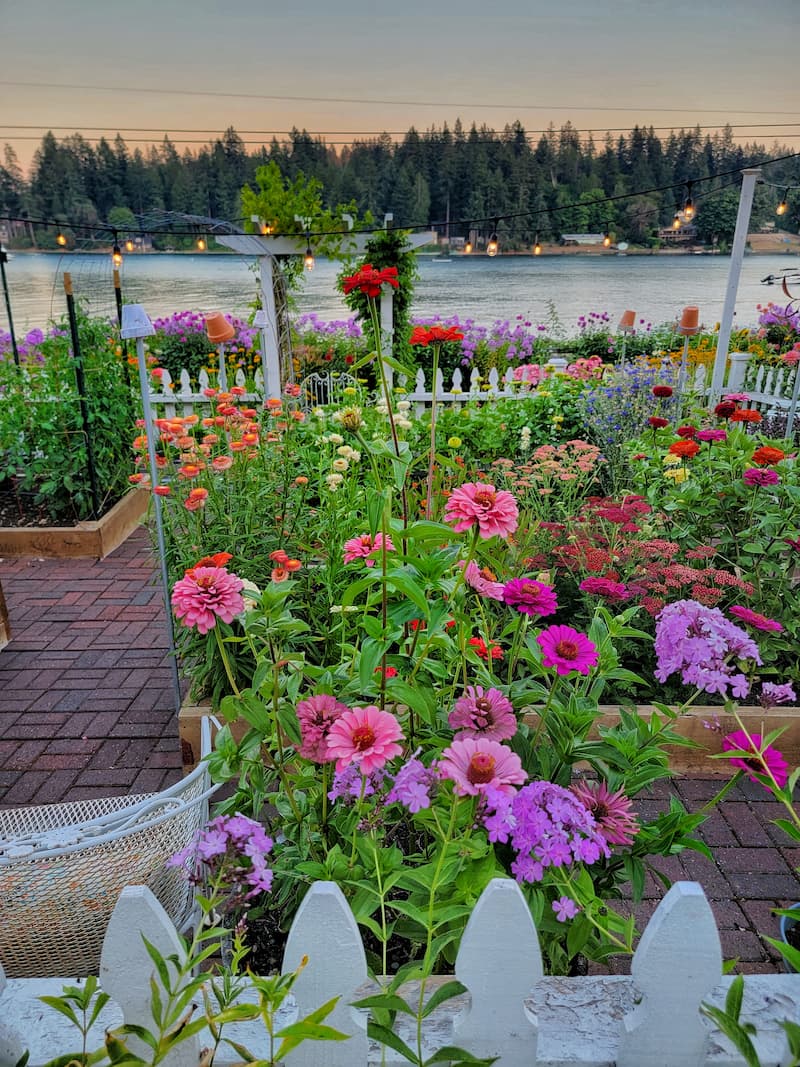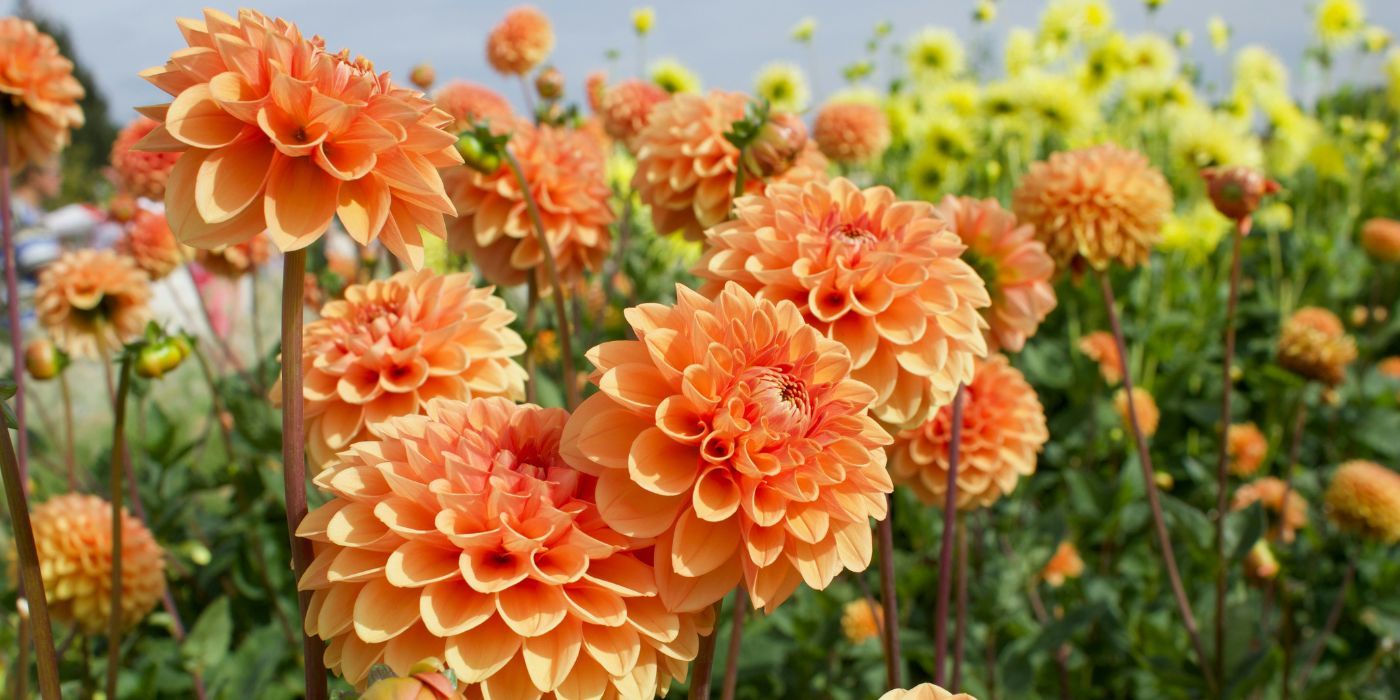You know, I was scrolling through some stuff online the other day, and honestly, so much of it just looks… well, flat. Especially when people are trying to create something natural, like flowers. They end up looking like cheap stickers. It got me thinking, because I was actually trying to whip up some floral designs for a little personal project I’m tinkering with.

And let me tell you, my first attempts were a total disaster. I wanted these flowers to have some real depth, to look like you could almost feel the petals. But nope. They were stubbornly one-dimensional.
My Initial Brain Farts
So, what did I try first? Oh, the usual suspects:
- Slapping on some darker shades for shadows. Result? Looked more like a bruised apple than a delicate bloom.
- Then I thought, “More layers! That’s the key!” So I stacked a bunch of slightly varied shapes. Still looked clunky, like a kid’s construction paper project.
- I even tried some fancy filters I had, hoping for a magic bullet. Spoiler: there are no magic bullets.
It was getting pretty frustrating, I’m not gonna lie. I almost ditched the whole floral idea and thought about just using geometric shapes. Much easier to make those look good, right?
Then, a Little Lightbulb Moment
But I’m stubborn. I went back to basics. I actually looked at some real flowers, and then at photos where they looked really three-dimensional. What was the secret sauce? It wasn’t just dark and light. It was about how light gradually changes across a curved surface. It was about soft transitions and thinking about where one petal would cast a shadow on another.
So, I started fresh. Took a deep breath. Here’s what I ended up doing, more or less:

First, I laid down the basic flat color for a single petal. Nothing fancy yet. Then, on a separate layer – this is important – I picked a slightly darker, maybe a bit more desaturated version of that base color. Using a really soft brush, I gently painted in where I imagined the shadows would be. Think about the parts of the petal curving away from the light, or where it tucked under another petal.
And here’s a game-changer: I then applied a very slight blur to that shadow layer. Oh man, that made a huge difference! It softened the edges and made it look way more natural, less like a harsh line.
Next up, highlights. Again, on a new layer. I chose a lighter, brighter version of the base color – but not pure white, that usually looks too stark and artificial. I just added little touches where the light would hit the most, like on the curve of the petal or along an edge. And again, sometimes a tiny bit of blur, or just using a super soft brush to begin with, helped blend it in.
Building it Up
It wasn’t just a one-shot deal for shadows and highlights either. For deeper areas, I’d add another, even darker and more subtle shadow layer. And for the brightest spots, a tiny, sharper highlight. It’s all about layering and building up that sense of form.
The real magic started to happen when I considered how petals overlapped. The petal in front would cast a distinct, though still soft, shadow onto the petal just behind it. That’s what really started to sell the illusion of depth. It wasn’t just one petal looking round, but the whole flower looking like a collection of these three-dimensional parts interacting.

I also played around a lot with the opacity of these shadow and highlight layers. Sometimes a shadow that’s barely visible, like 10-20% opacity, is all you need to suggest a curve. It’s easy to overdo it.
Oh, and tiny details helped too. I very faintly drew in some veins on the petals. And I added what some folks call ‘occlusion shadows’ – just a tiny, very soft dark touch right where petals met the center of the flower, or where one petal pressed against another. It helps to ground them and make them feel connected.
By the time I was done with a few, they actually looked like they had some real volume! Far from perfect, mind you, I’m always learning. But a massive improvement from those flat, sad-looking things I started with. It was pretty satisfying to see them finally pop off the screen a bit.
It’s funny how something that seems so simple in the real world, like the way light makes a flower look round, can be such a head-scratcher to replicate when you’re making something from scratch. But hey, that’s the fun of these little creative challenges, isn’t it? Figuring things out step-by-step.









